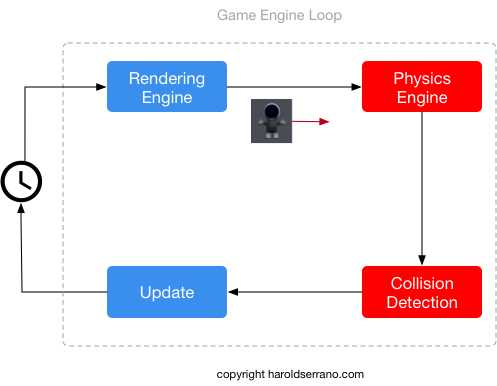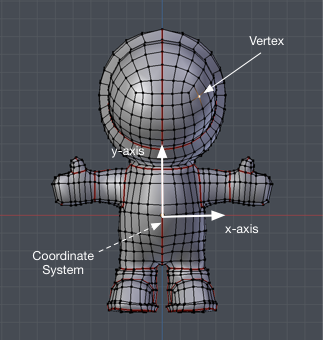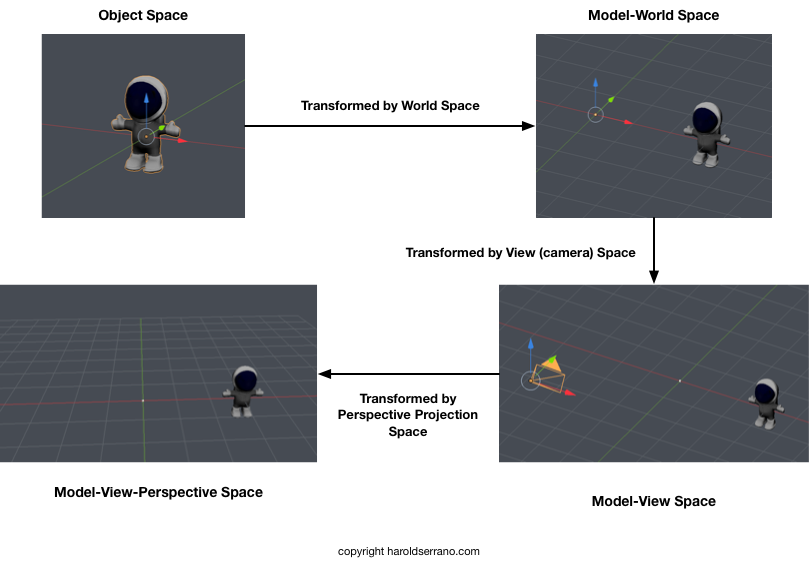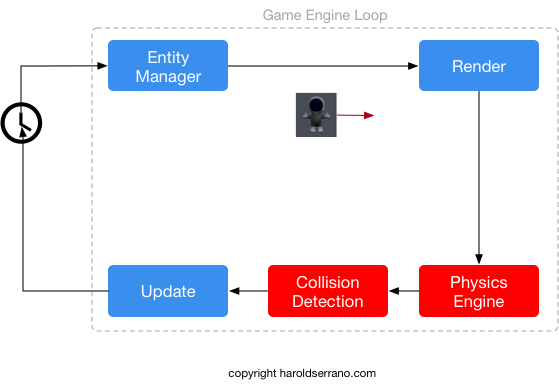Hi guys,
I'm posting my latest Twitch live stream in case you missed it. I talked about the Path Follow Behavior algorithm and how I implemented it in the game engine. I shared tips that novice Game Engine Developers may find useful. It was a short Live Stream but packed with useful information that you may find helpful.
If you want to check out my other streams, feel free to do so at http://www.twitch.tv/haroldserrano
I hope this is helpful.
Highlights
In case you don't have time to watch my live stream, here are some highlights:
Things to be aware before you develop a game engine
How the Path Follow AI Steering Behavior works
Thanks for watching.















